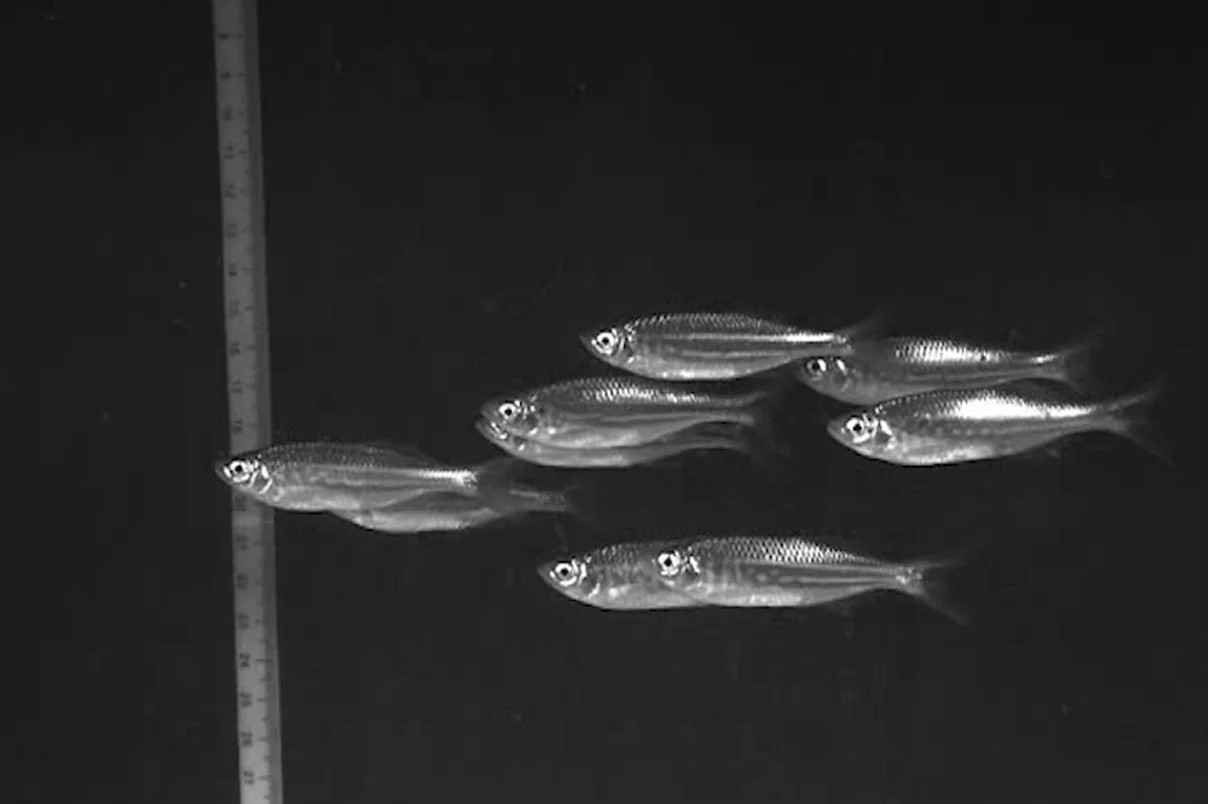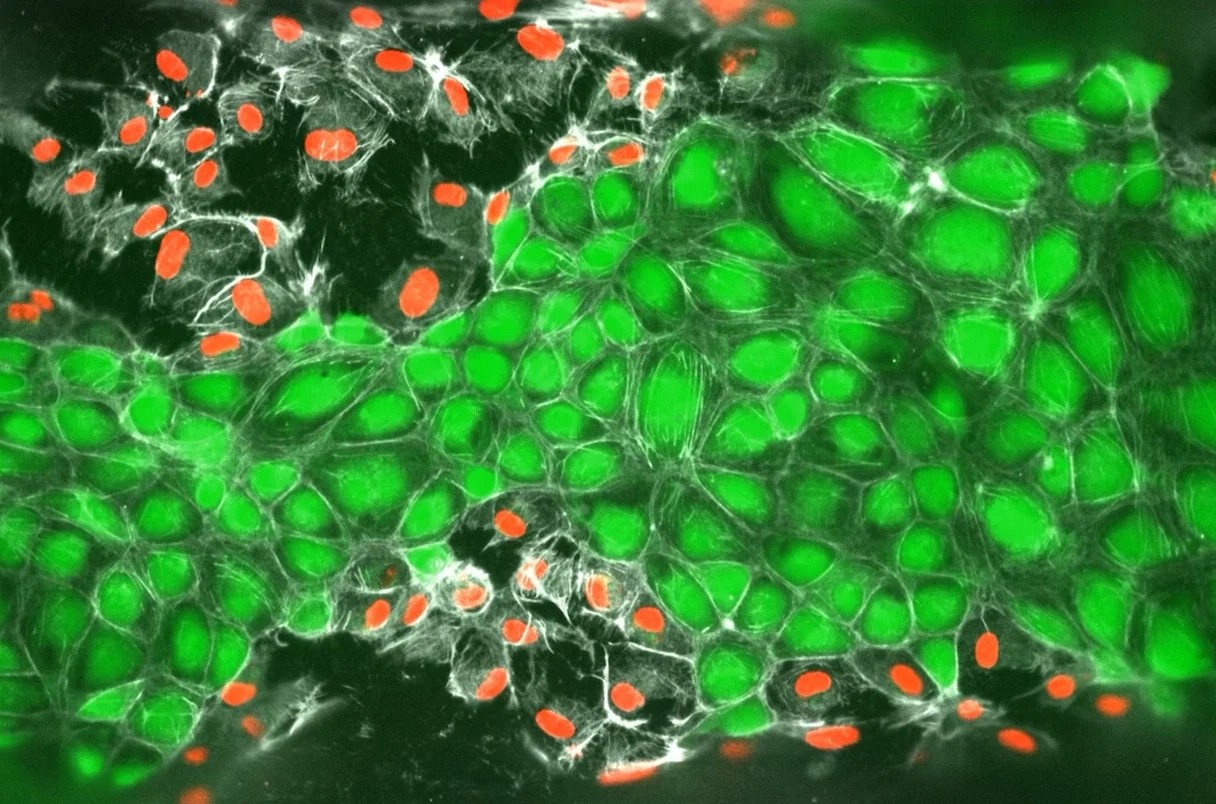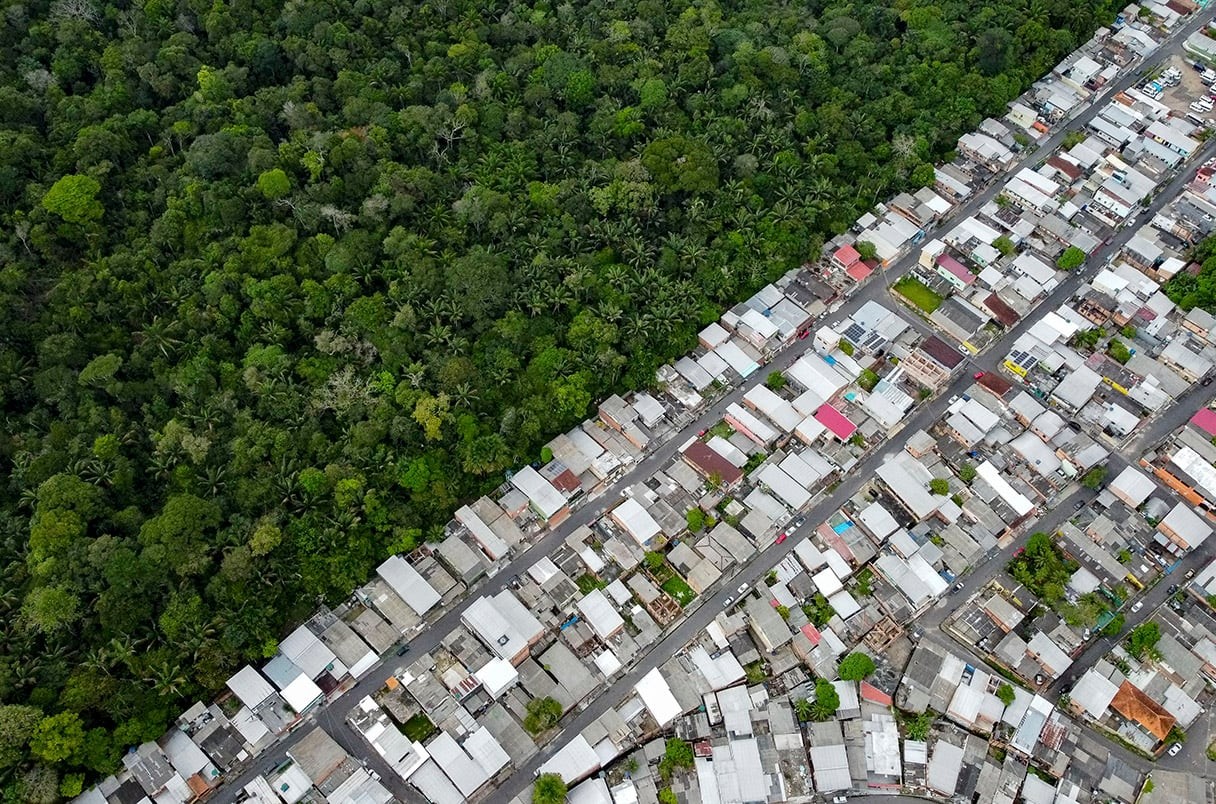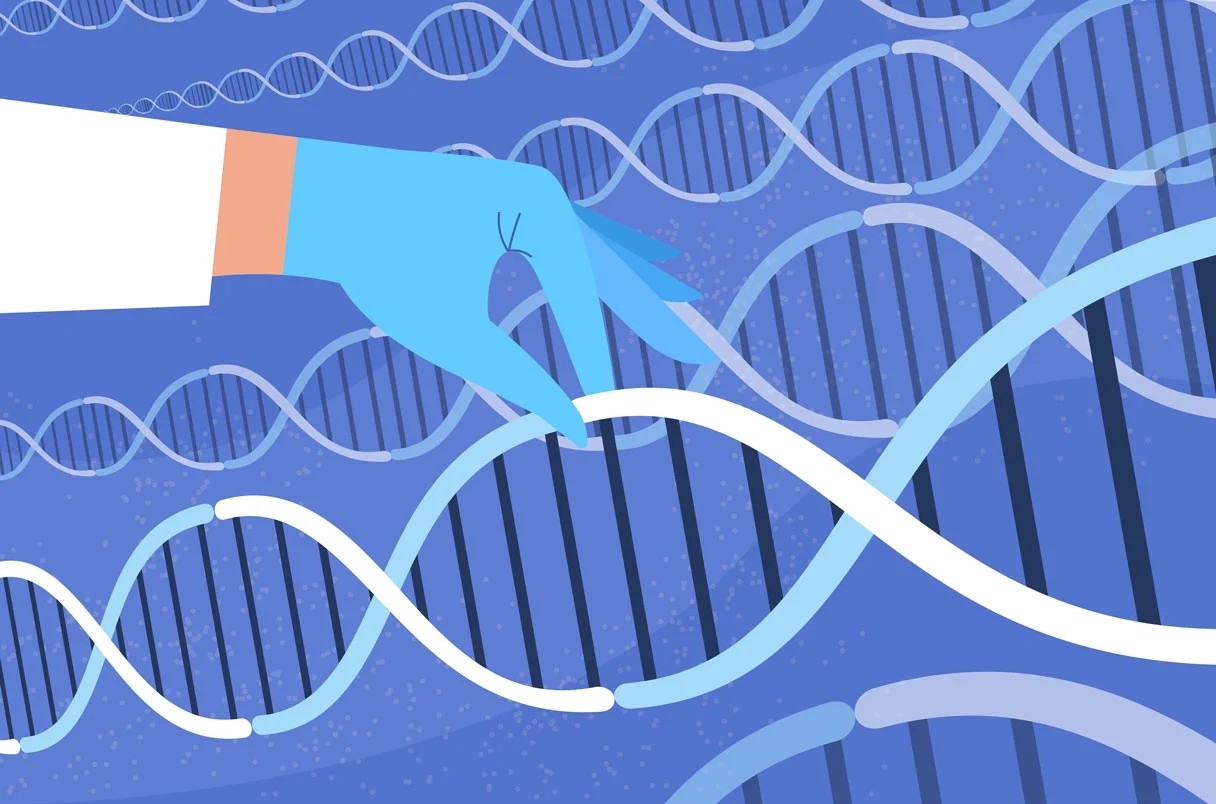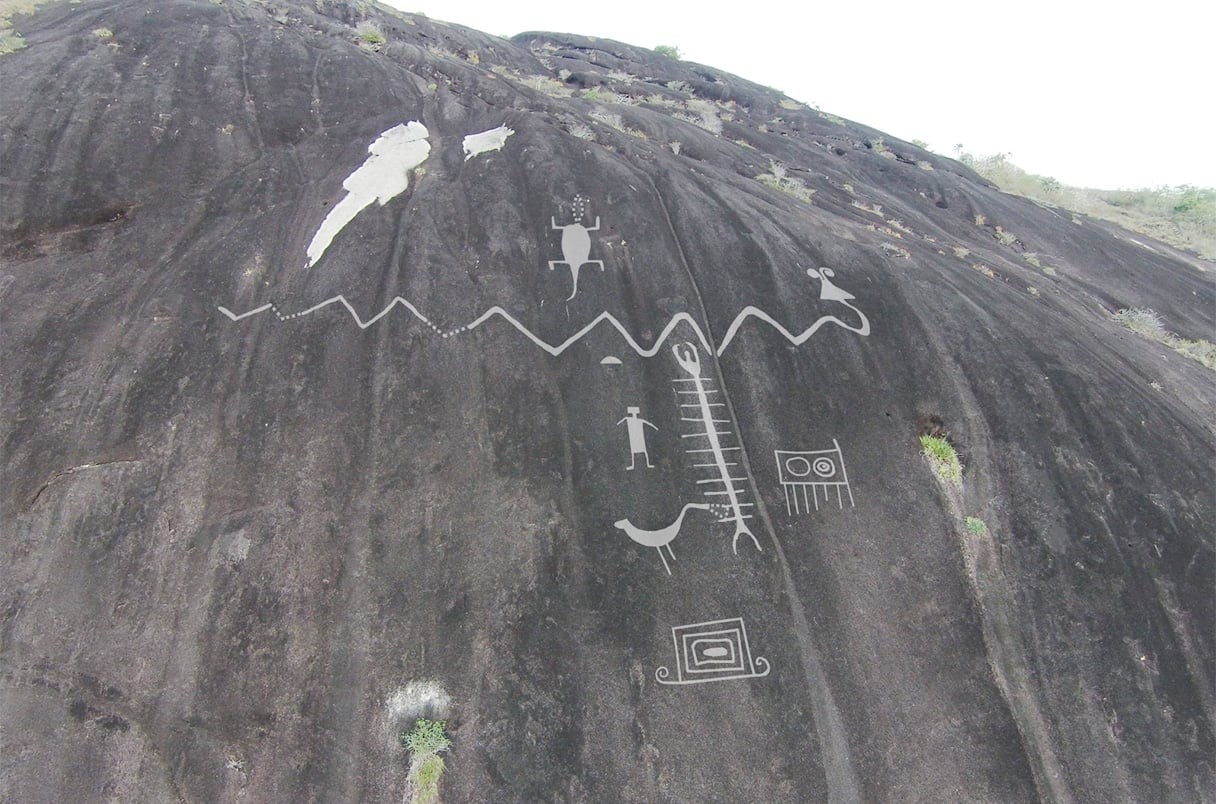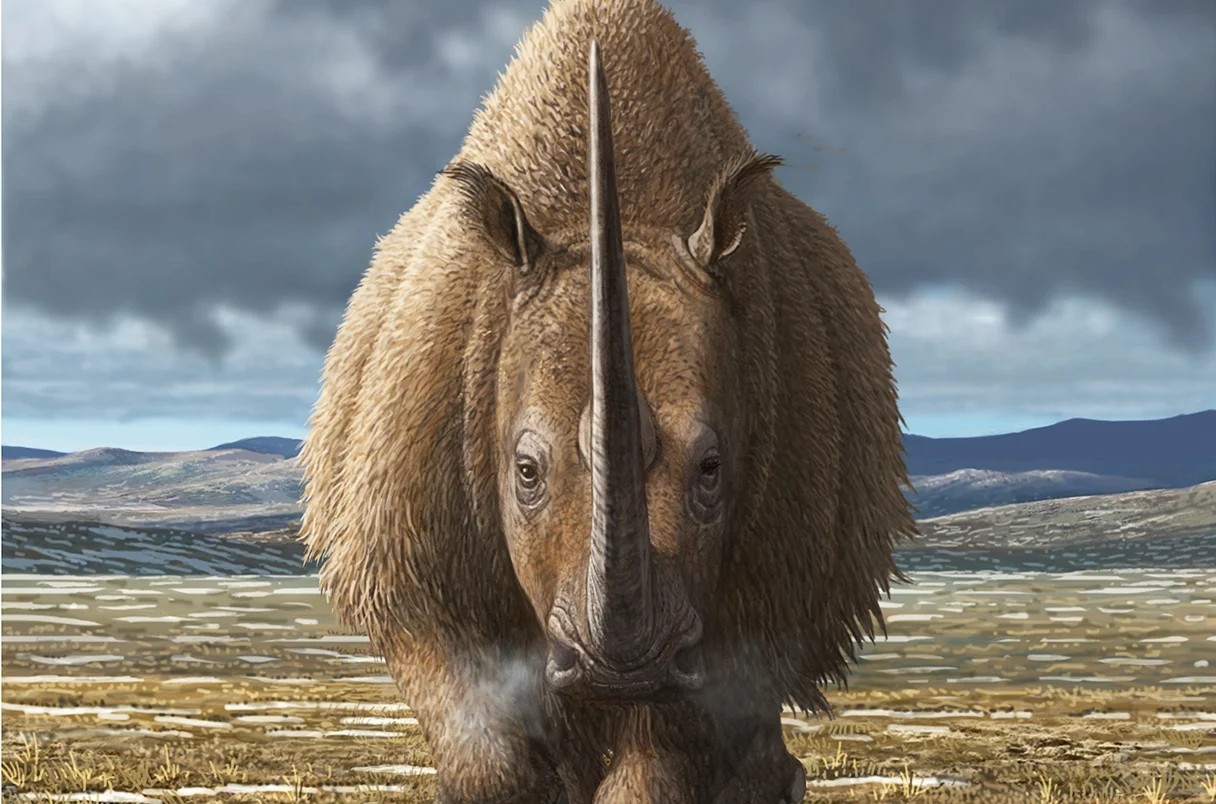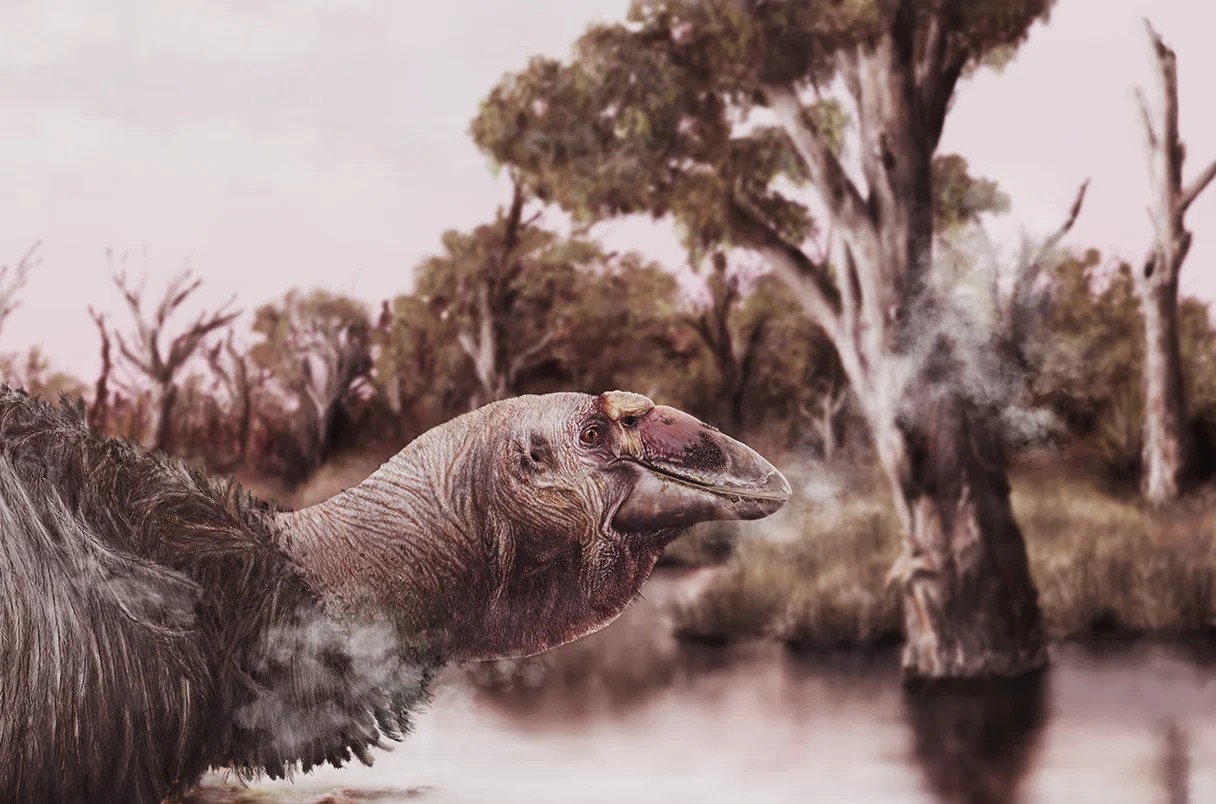博文
[转载]News from Science-244
||
Weekly Headlines (excerpts)
1. Tour de fish: Watch these minnows cluster together to save energy
Solitary fish use up to five times more energy than those that battle rough currents in schools
BY MADELINE REINSEL 6 JUN 2024
2. This biologist aims to solve the cell’s biggest mystery. Could it help cancer patients, too?
Four decades after his lab found odd, massive particles inside cells, Leonard Rome is still determined to figure out what “vaults” do
BY JOHN TRAVIS 6 JUN 2024
3. COVID-19 vaccines should get a fall update, panel concludes
FDA advisers say new shots can target more recent SARS-CoV-2 variants
BY JENNIFER COUZIN-FRANKEL 5 JUN 2024
4. Watch viper venom tear this artificial blood vessel apart
Use of “organ-on-a-chip” lab-grown capillaries could aid in the hunt for novel snakebite treatments
BY CHRISTIE WILCOX 5 JUN 2024
5. A little-known virus on the rise in South America could overwhelm health systems
Deforestation and climate change may help midges spread Oropouche virus far beyond the Amazon Basin
BY SOFIA MOUTINHO 5 JUN. 2024
6. ‘Google for DNA’ indexes 10% of world’s known genetic sequences
Achievement demonstrates feasibility of making all of life’s code easily searchable, researchers say
BY CATHERINE OFFORD 5 JUN. 2024
7. Novel filter may speed wastewater cleanup
Uniform pores help membranes separate out toxic contaminants
BY ROBERT F. SERVICE 4 JUN. 2024
8. Gigantic snake carvings may have been ancient ‘road signs’
Long before European colonization, mysterious riverside engravings may have marked South American borders
BY MARÍA PAULA RUBIANO A. 3 JUN. 2024
9. Deadly one-two punch may have driven the woolly rhino to extinction
Combination of climate change and human hunting may have been more than this ice age beast could bear
BY DARREN INCORVAIA 3 JUN. 2024
10. Graves of Celtic princes suggest powerful role for women in ancient Germany
Status and power were inherited along maternal lines, DNA and other evidence indicate
BY ANDREW CURRY 3 JUN. 2024
11. Prehistoric ‘giant goose’ comes into focus after new finds in remote Australia
Newton’s thunder bird was heavy, aquatic, and flightless
BY RODRIGO PÉREZ ORTEGA 3 JUN. 2024
https://blog.sciencenet.cn/blog-3389947-1437553.html
上一篇:等离子体化学(ppt教学课件)-2.2
下一篇:等离子体化学(ppt教学课件)-2.3
